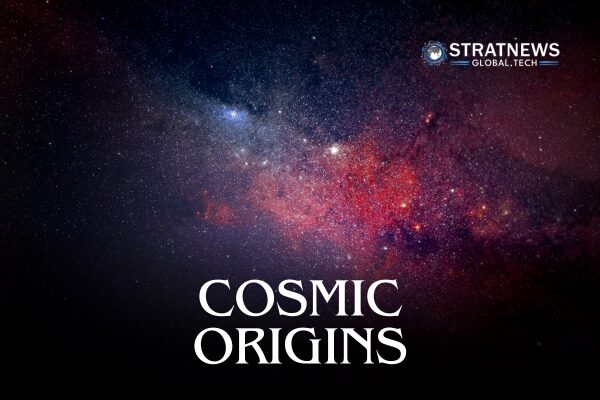A challenge to the Big Bang model
A bold new theory suggests that gravitational waves — ripples in spacetime first predicted by Albert Einstein in 1915 — may have created the very matter that shaped our universe. This idea could shift our understanding of cosmic origins and offer a simpler alternative to the long-standing Big Bang inflation model.
Traditionally, the Big Bang theory relies on the “inflationary paradigm.” This model suggests that the universe underwent rapid expansion shortly after its birth. While it explains many features of the cosmos, it also depends on several flexible parameters. Scientists often adjust these to match observations, making it hard to confirm whether the model truly predicts reality.
A simpler alternative rooted in quantum gravity
Led by Raúl Jiménez of the University of Barcelona, the new model proposes that gravitational waves alone may be responsible for the density differences that gave rise to galaxies, stars and planets.
“These quantum ripples in spacetime were likely enough to trigger the structure of everything we observe today,” Jiménez explained.
His colleague Daniele Bertacca of the University of Padua added that the current inflation model includes too many tunable elements. This flexibility makes it difficult to distinguish whether the theory accurately predicts cosmic behaviour or simply adapts to fit what we already observe.
In contrast, the new theory offers a more streamlined approach. It begins with a state of rapid expansion known as “De Sitter space.” This state acts like a condensation of theoretical particles called “gravitons,” which transmit gravity in the same way photons carry light.
As this early universe evolved, strong quantum effects disrupted the equilibrium, turning the cosmos into a chaotic quantum system. Crucially, this model depends on just one energy scale — removing the need for hypothetical fields such as the “inflaton” field.
A testable and elegant explanation
Bertacca described the model as “almost magical” due to its simplicity. With only one parameter — its energy scale — the theory connects directly to the observed level of density fluctuations. These fluctuations later formed stars, galaxies, and other cosmic structures.
This minimalistic framework, according to the team, could also resolve major cosmological problems like the horizon and flatness issues — without relying on unproven fields.
Most importantly, the theory makes clear predictions. It suggests scientists could test its validity by studying features of the cosmic microwave background (CMB), the afterglow of the early universe. Observations of gravitational waves and the large-scale structure of the universe could also support or challenge the model.
“This is science at its best,” Jiménez said. “We’ve created a framework that is elegant, simple, and falsifiable. It avoids speculative ingredients and instead focuses on gravity and quantum physics. If it holds up, it could reshape how we think about the origin of the universe.”



